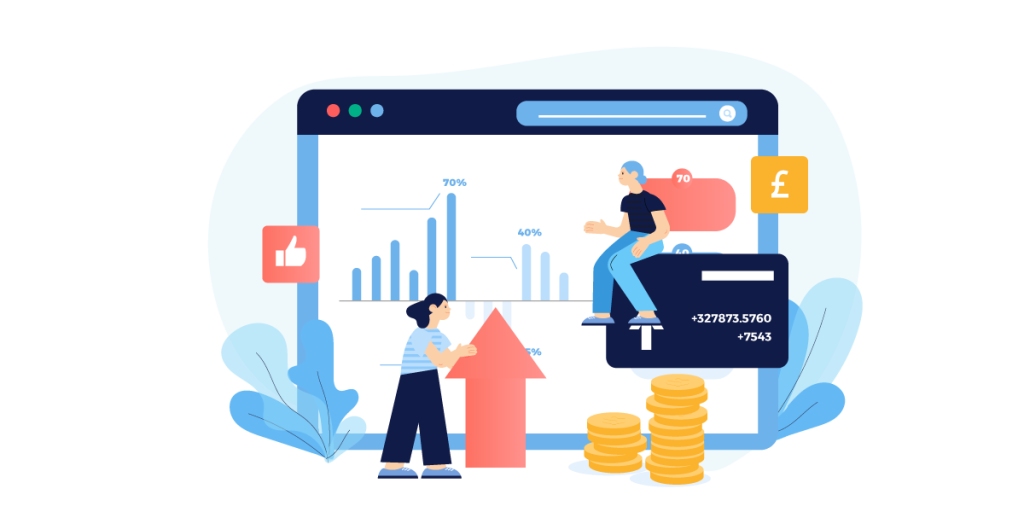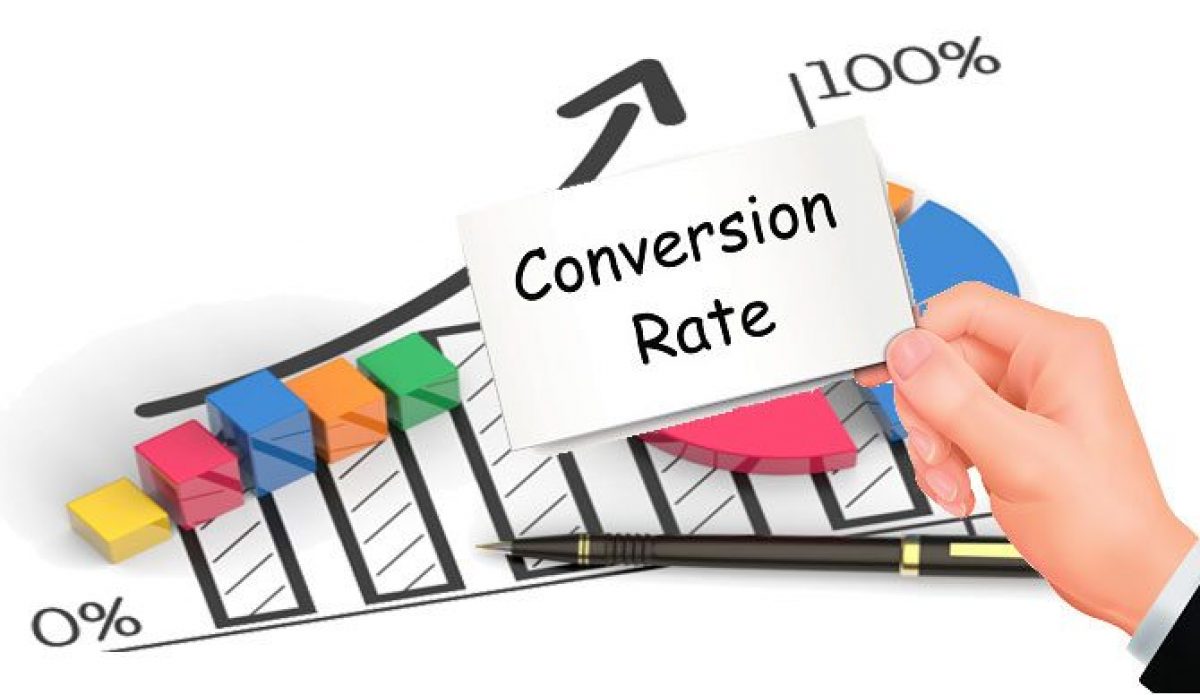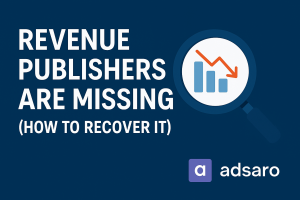At Adsaro, we know that understanding and improving conversion rate is the key to transforming website traffic into meaningful results. Conversion rate, which measures the percentage of visitors taking desired actions—whether it’s making a purchase, signing up, or filling out a form—directly impacts your business success. By focusing on understanding and improving conversion rates, businesses can ensure that every visitor brings them closer to their goals. In this post, we’ll explore actionable strategies to optimize your site, enhance user experience, and boost ROI.
Why Understanding and Improving Conversion Rate Matters?

Your conversion rate directly impacts your business’s bottom line. More traffic is great, but what truly matters is how many of those visitors turn into paying customers or leads. Understanding and improving conversion rates allows you to track the effectiveness of your marketing strategies and identify areas that need adjustment. Whether you’re using paid advertising, SEO, or social media, knowing where visitors are dropping off can help you refine your approach to boost conversions and revenue.
Key Factors Affecting Understanding and Improving Conversion Rate
Several factors influence your website’s conversion rate. Here’s a breakdown of the main ones:
1. Website Design & User Experience (UX)
A visually appealing and user-friendly website keeps visitors engaged and encourages conversions. Poor design, slow navigation, or a cluttered layout can quickly drive potential customers away. Make sure your website’s design is intuitive, easy to navigate, and aligns with your brand’s values.
2. Website Speed & Mobile Optimization
Website performance is critical. Slow-loading pages can frustrate visitors and lead to high bounce rates. Understanding and improving conversion rates requires ensuring that your site is fast and mobile-optimized. Mobile users make up a large portion of web traffic, and if your site isn’t mobile-friendly, you’re losing potential conversions.
3. Effective Call-to-Action (CTA)
Your CTA is the final nudge that convinces visitors to take action. Whether it’s “Buy Now,” “Sign Up,” or “Learn More,” your CTAs need to be clear, compelling, and easy to find. Experiment with different CTA placements, colors, and wording to see what drives the most conversions for your audience.
4. Building Trust & Credibility
To convert visitors into customers, they need to trust you. Display customer testimonials, trust badges, and secure payment options to reassure your visitors that they’re making the right choice. A trustworthy site encourages action, whether it’s purchasing a product or submitting personal information.
How to Understand and Improve Conversion Rate
Improving your conversion rate is an ongoing process that involves constant analysis and optimization. Here are some effective strategies:
1. A/B Testing
A/B testing helps you compare two versions of a page, CTA, or content element to determine which performs better. By running tests on headlines, visuals, or page layouts, you can identify the most effective combination to maximize conversions.
2. Personalization
Tailor your site experience to each visitor. Personalizing content, offers, and product recommendations based on past behavior or demographics can significantly boost engagement and conversions. Tools like dynamic content and smart pop-ups allow you to deliver highly targeted experiences.
3. Retargeting
Not every visitor will convert on their first visit. Understanding and improving conversion rates means knowing how to bring visitors back. Retargeting ads remind users of your products or services after they’ve left your site, increasing the chances they’ll return and complete the desired action.
4. Analyzing Your Data
Regularly reviewing your website analytics allows you to identify drop-off points and areas of improvement. Use tools like Google Analytics and heatmaps to see how visitors interact with your site and where they lose interest. Adjust your strategy accordingly to optimize for higher conversions.
Tools to Help You Optimize Understanding and Improving Conversion Rate
There are numerous tools available to help you track and improve your conversion rate. Some of the best include:
Google Analytics: Provides detailed insights into user behavior and conversion tracking.
Hotjar: Visualizes user interactions with heatmaps and session recordings.
Optimizely: A comprehensive A/B testing platform to optimize every element of your website.
Crazy Egg: Offers heatmaps, scrollmaps, and A/B testing to understand user engagement.
At Adsaro, we help businesses implement these tools and strategies to understand and improve conversion rates, ensuring that every visitor counts towards your business goals.
Conclusion
Understanding and improving conversion rates is an ongoing effort that requires constant refinement and adaptation. By focusing on critical elements like site design, user experience, mobile optimization, and personalization, you can dramatically improve your conversion rates and overall marketing ROI. At Adsaro, we provide the tools, expertise, and strategies to help you turn more visitors into loyal customers, driving sustainable growth and long-term success.








Leave a Reply